240-foot asteroid set to get dangerously close to Earth today, warns NASA
NASA warns that a humongous 240-foot wide asteroid will be coming dangerously close to the Earth today, November 12. Know the consequences that a gigantic asteroid has.
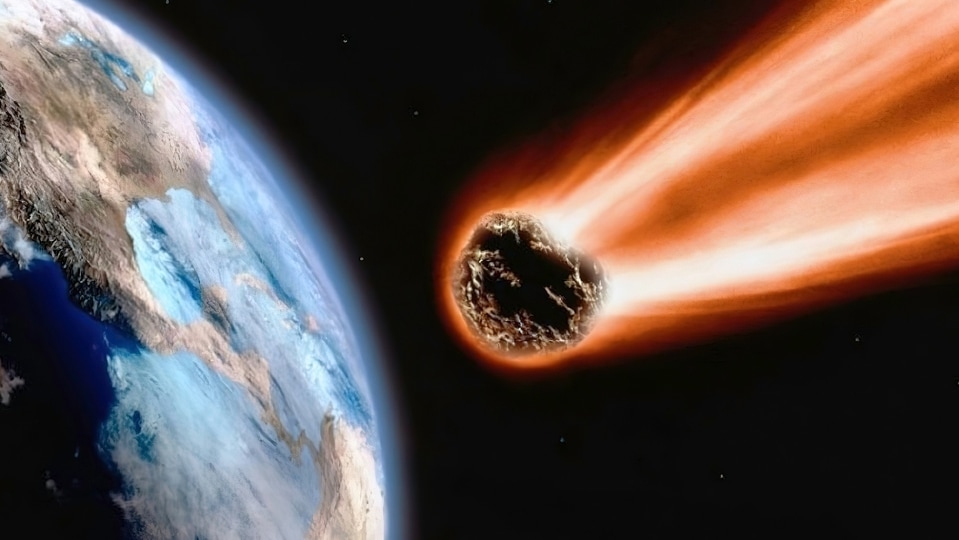
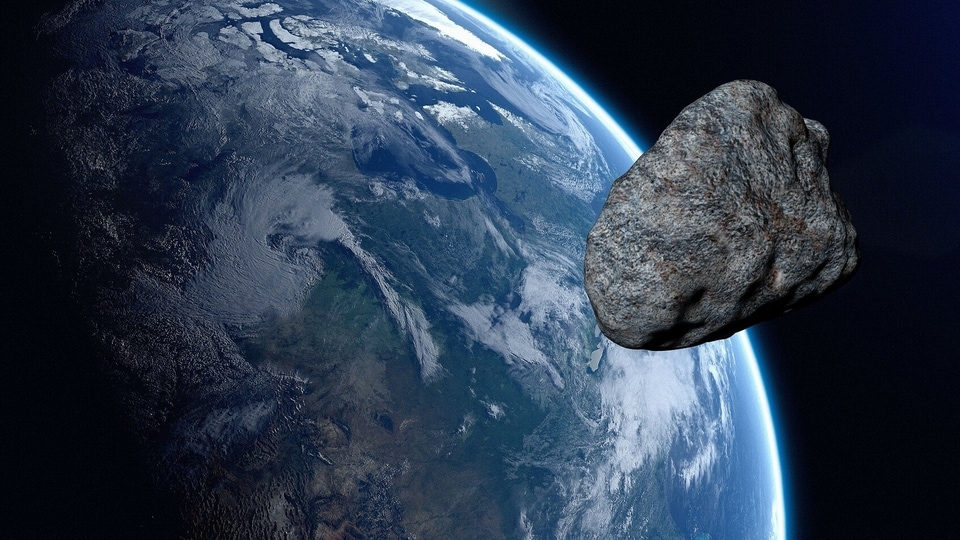

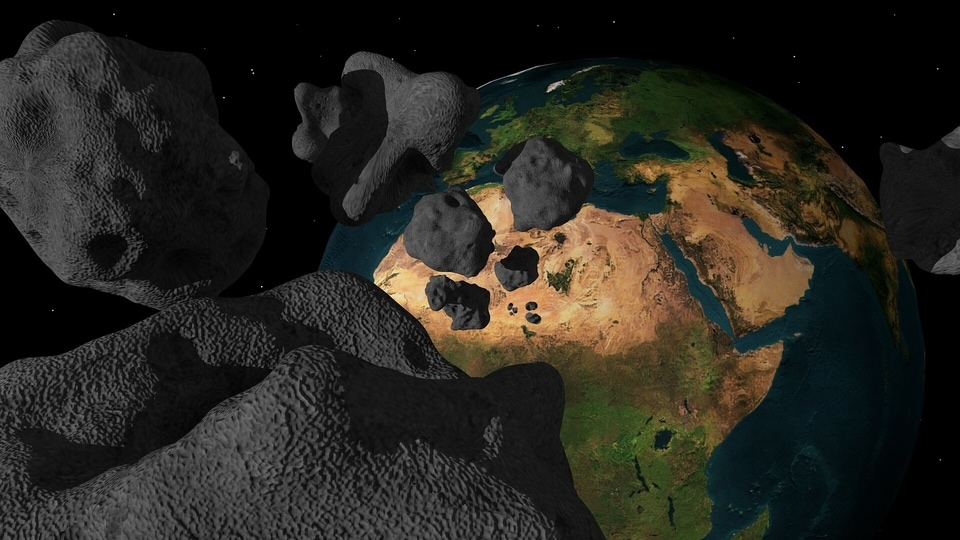
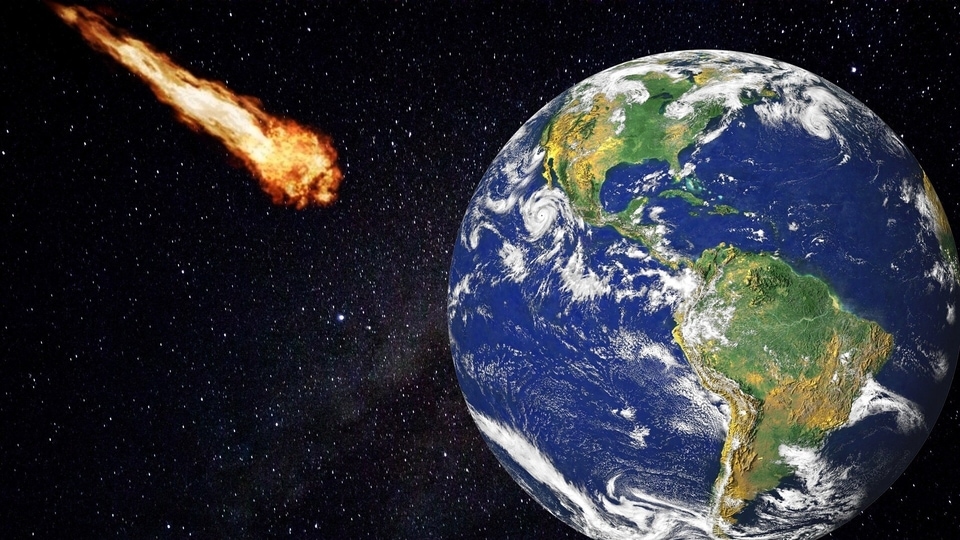
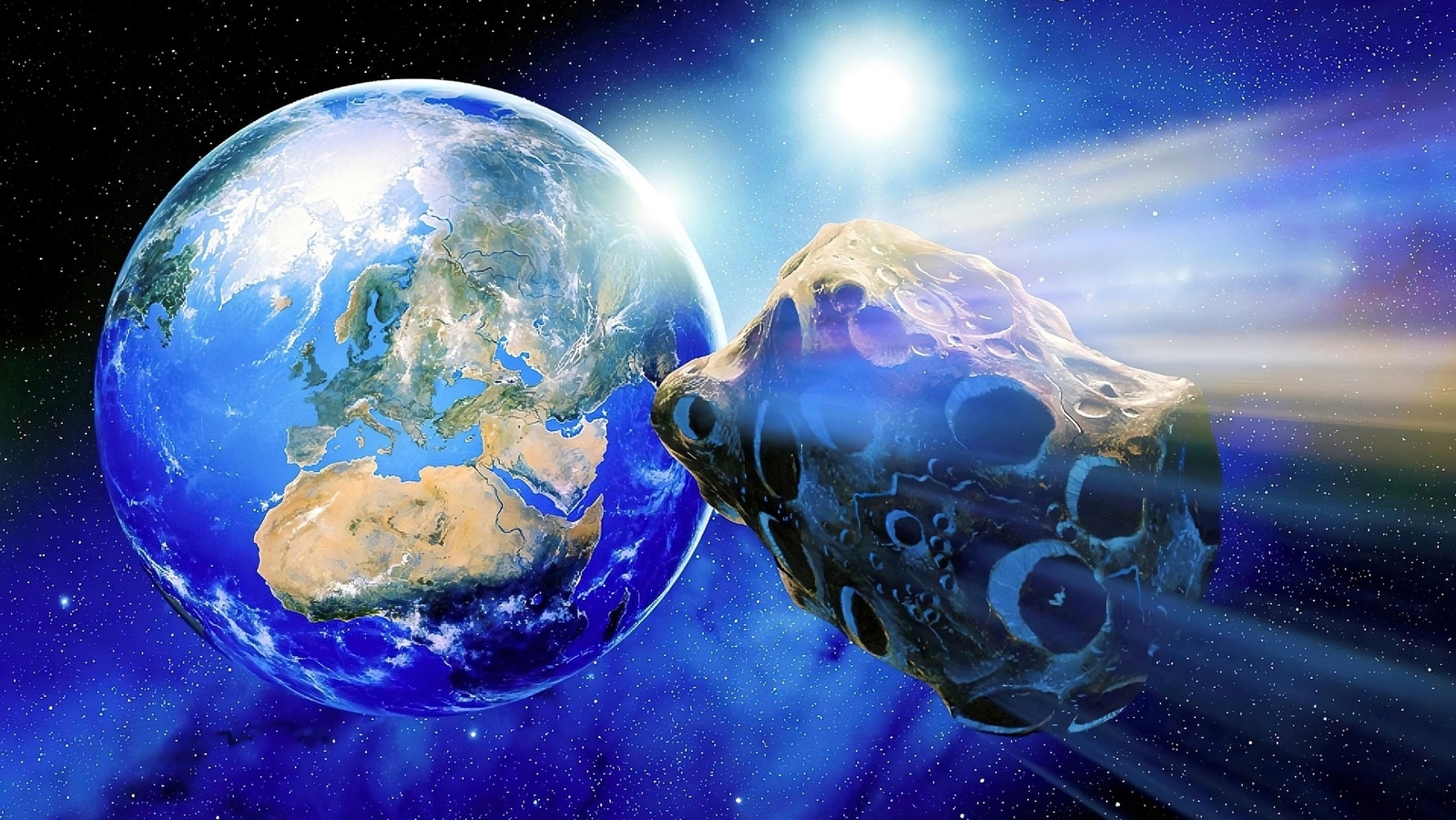
 View all Images
View all ImagesEver since the new class of asteroids have been discovered, which are roaming entirely within the Earth's orbit, the threat of an asteroid strike has increased multifold on us. The threat comes from these asteroids as most cannot be tracked due to the Sun's glare and the photosensitive nature of the telescopes. This means that any of these asteroids can blindside astronomers and strike Earth without warning. But the threat is bigger than that. This also means that any asteroid passing by Earth can get hit by one of these smaller asteroids and they can get redirected straight towards Earth and that can have tragic consequences. As a 240-foot asteroid makes a close approach towards our planet today, November 12, according to NASA, this risk does exist.
Giant asteroid approaching the Earth
The asteroid was recently added to the NASA Center for Near Earth Object Studies (CNEOS) database which has revealed some important information regarding the asteroid. The name of the space rock is Asteroid 2020 FC4, and it was first observed in 2020 and that's what the 4 digit number in its name indicates. The asteroid will come as close as 7.6 million kilometers to the Earth. This asteroid is traveling at a mind-numbing speed of 47988 kilometers per hour. This is extremely fast and it can fill the gap between us within days if it gets deflected due to some reason. With its size and speed, it can cause some serious damage to our planet, if it ends up hitting us.
Early predictions have shown that the chances of this asteroid striking our planet are very low. But NASA will continuously monitor the asteroid and will continue to do so till it makes a safe passage.
How NASA tracks near-Earth objects
Ever since NASA understood the risk of the near-Earth objects (NEO), it has dedicated itself to track and monitor as many space rocks in the inner circle of the solar system as possible. Using the prowess of JPL and Wide-field Infrared Survey Explorer (WISE) telescope, the US space agency collects data for over 20,000 asteroids.
Catch all the Latest Tech News, Mobile News, Laptop News, Gaming news, Wearables News , How To News, also keep up with us on Whatsapp channel,Twitter, Facebook, Google News, and Instagram. For our latest videos, subscribe to our YouTube channel.




























